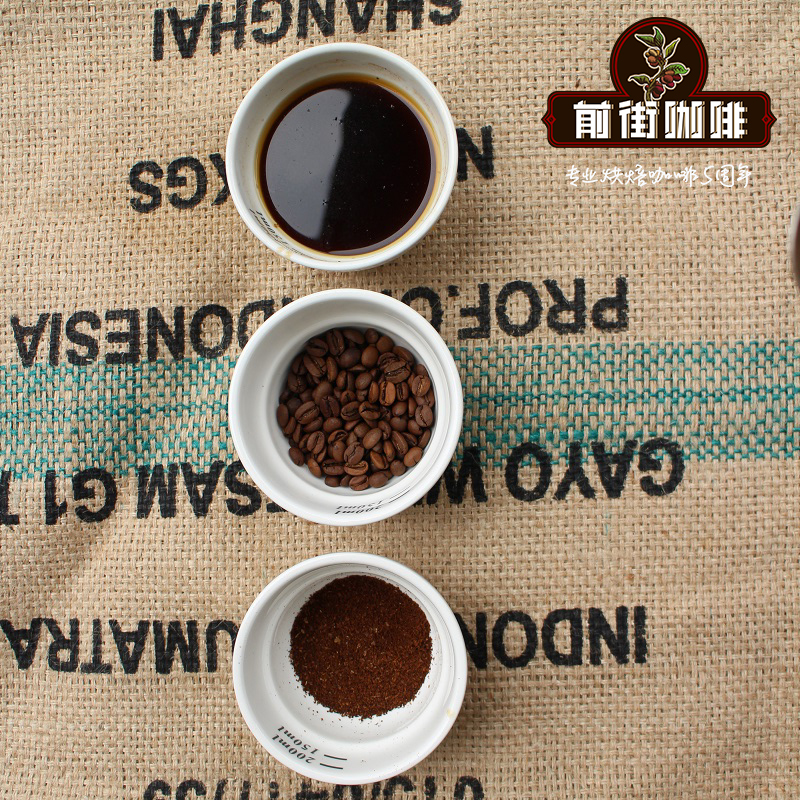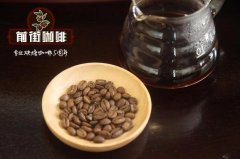What is decaf-- what are the characteristics of solvent-treated coffee?

Professional coffee knowledge exchange more coffee bean information please follow the coffee workshop (Wechat official account cafe_style)
Decaffeinated Coffee
Decaf coffee, as its name implies, is coffee with only a small amount of caffeine. Coffee contains many ingredients and substances, among which caffeine has an obvious effect on the human body. For many people who are addicted to coffee but whose physical condition does not allow caffeine, decaf is the best choice.
In general, Arabica coffee beans contain 1.1%-1.7% caffeine, while robusta beans contain 2%-4.5% d caffeine. Decaf coffee is required to contain no more than 0.3% caffeine in brewed coffee. That means no more than 5 milligrams of caffeine in a cup of decaf.
The step of low-cause treatment can only be carried out in the state of sub-coffee and raw beans. Today, there are three main types of treatments to remove caffeine: traditional / European treatment (European Process), Swiss water treatment (SWP,Swiss Water Process), and carbon dioxide supercritical treatment (CO? Process). All three methods are very effective in removing most caffeine, leaving only 20.3% of the total amount of original caffeine in coffee beans.
European / solvent treatment (The European or Solvent Process): there are two variations in solvent treatment. The first is direct solvent treatment. First, the stomata of raw coffee beans are opened with steam, and the solvent is directly added to the coffee beans. After the solvent is fused with caffeine, it is brought out by steam. The other is indirect solvent treatment, which starts with dissolving all the flavors of raw coffee beans into hot water (this is a hypothetical state, not really dissolving all compound beans).
After a period of time, the raw coffee beans are separated from the hot water with "all" flavors, including caffeine, and then a solvent that attracts caffeine is added to the hot water, which combines with the solvent and rises to the surface. It can be easily removed, and then the non-caffeinated hot water is recombined with the coffee raw beans, and the coffee raw beans will absorb the remaining flavor factors.
END
Important Notice :
前街咖啡 FrontStreet Coffee has moved to new addredd:
FrontStreet Coffee Address: 315,Donghua East Road,GuangZhou
Tel:020 38364473
- Prev

Does decaf taste different? how does Starbucks decaf taste good?
Professional coffee knowledge exchange more coffee bean information Please pay attention to the coffee workshop (Wechat official account cafe_style) decaf coffee taste is poor, to be fair, most decaf coffee is really terrible. But this is definitely not a low-caffeine pot, nor is it the fault of decaffeinated coffee beans in the decaffeinated process. But because most decaf coffee chooses some of the raw materials.
- Next

Introduction to Bass Coffee treatment-- characteristics of low-caffeine Coffee treatment in Switzerland
Professional coffee knowledge exchange more coffee bean information please follow the coffee workshop (Wechat official account cafe_style) caffeine removal methods caffeine removal technology originated in Germany, has a history of more than 100 years. Up to now, there are three main caffeine removal methods: Swiss water method, solution method and super carbon dioxide method. And either way, caffeine removal
Related
- Beginners will see the "Coffee pull flower" guide!
- What is the difference between ice blog purified milk and ordinary milk coffee?
- Why is the Philippines the largest producer of crops in Liberia?
- For coffee extraction, should the fine powder be retained?
- How does extracted espresso fill pressed powder? How much strength does it take to press the powder?
- How to make jasmine cold extract coffee? Is the jasmine + latte good?
- Will this little toy really make the coffee taste better? How does Lily Drip affect coffee extraction?
- Will the action of slapping the filter cup also affect coffee extraction?
- What's the difference between powder-to-water ratio and powder-to-liquid ratio?
- What is the Ethiopian local species? What does it have to do with Heirloom native species?

